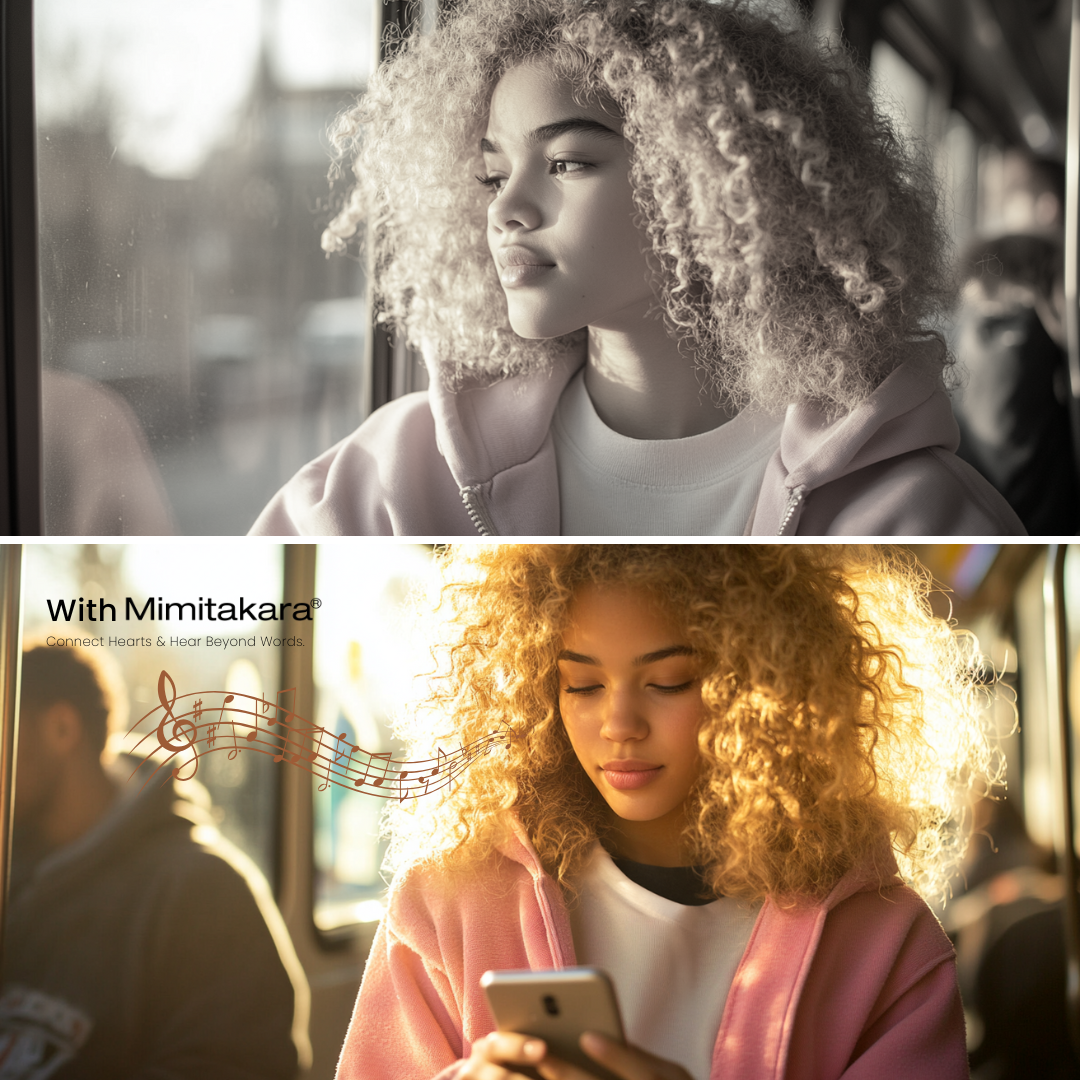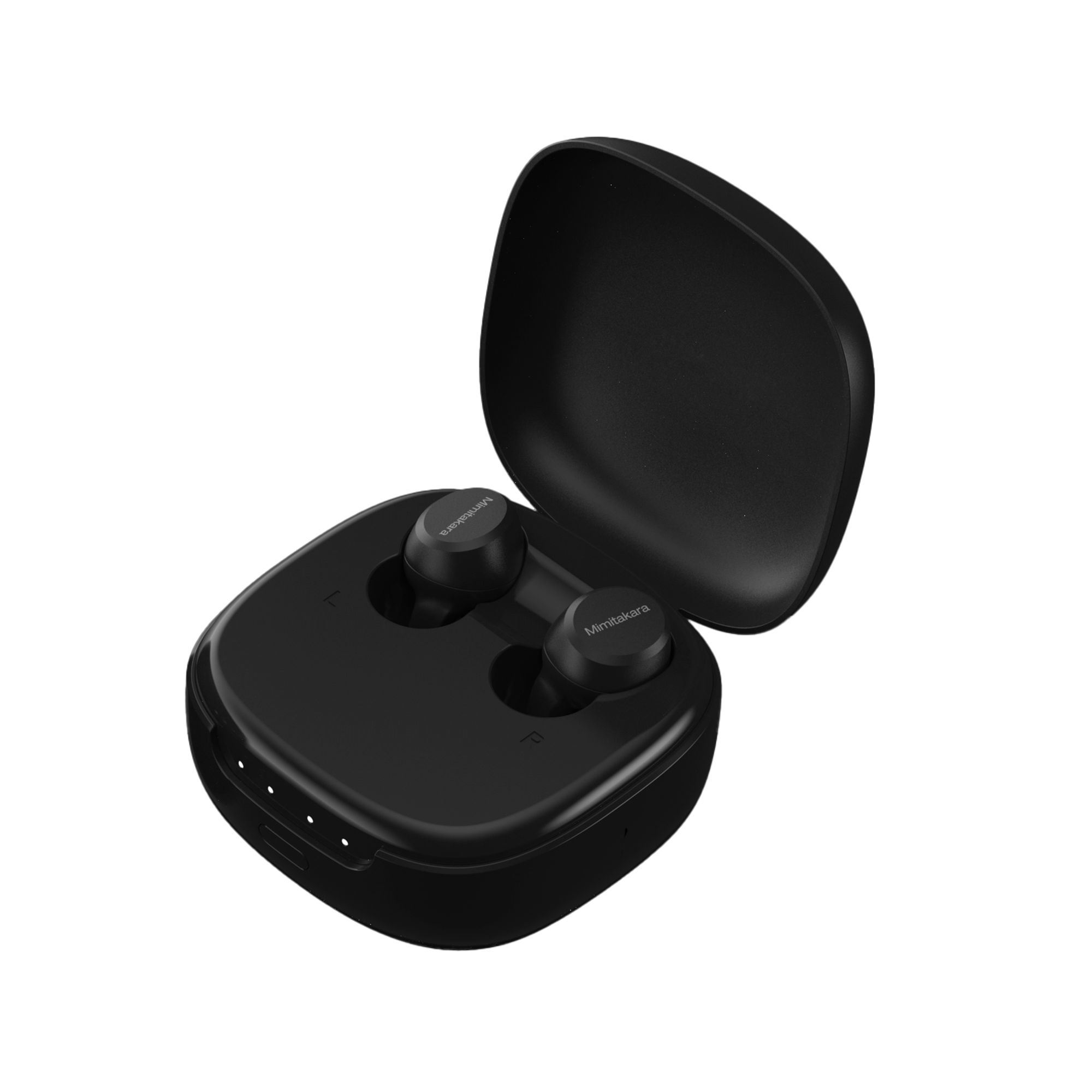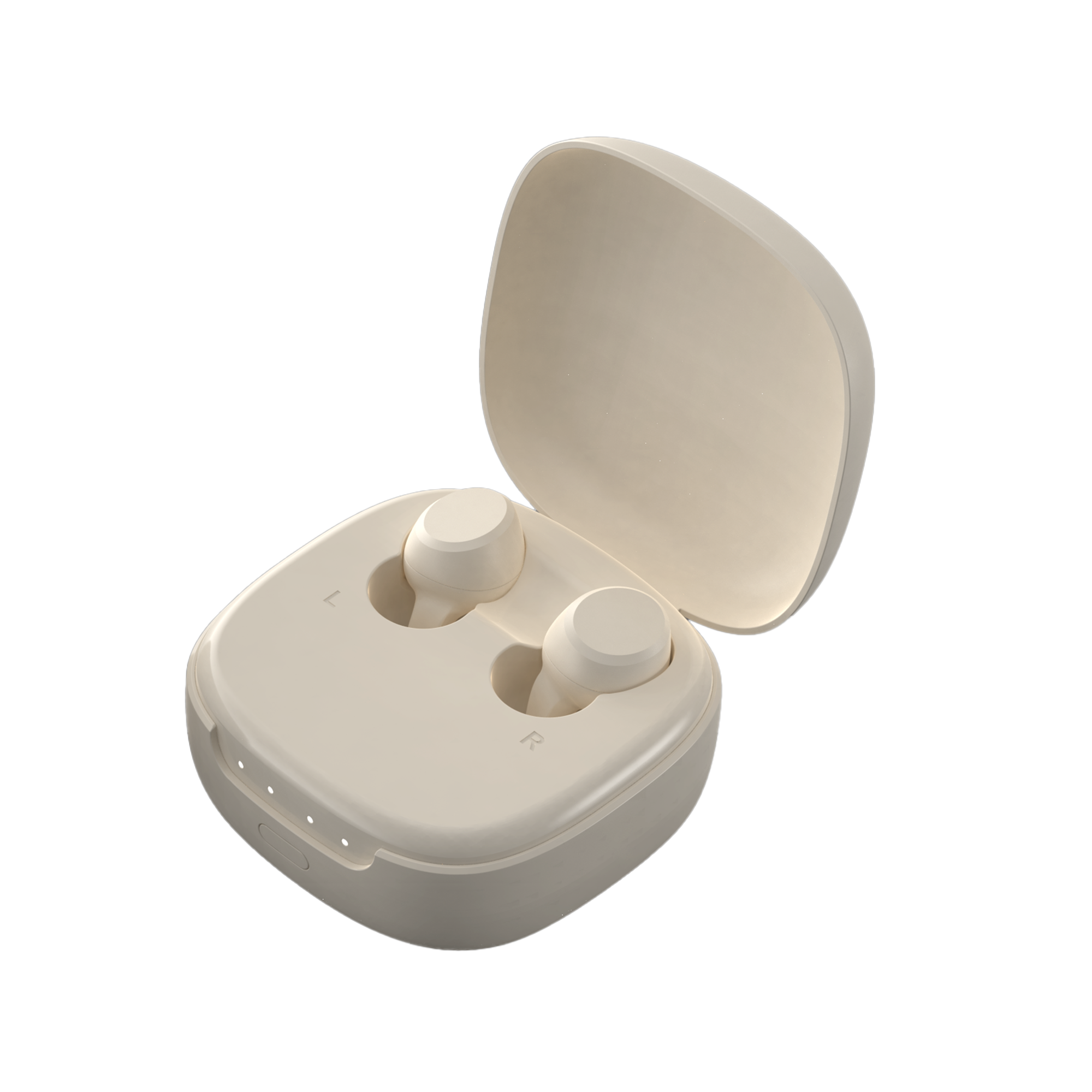Hearing aids are crucial for improving hearing ability and quality of life for many individuals. However, some people find certain hearing aid styles uncomfortable, particularly behind-the-ear (BTE) devices. These devices, while effective, may feel bulky, visible, or difficult to adjust for some users. If you find traditional BTE hearing aids uncomfortable or aesthetically unappealing, you’re not alone. Many people face similar challenges, but fortunately, there are other hearing aid options designed with your comfort and preferences in mind.
In this blog, we’ll explore alternatives to BTE hearing aids, focusing on more discreet, comfortable, and user-friendly solutions. We’ll also discuss the differences between Receiver-in-Canal (RIC) hearing aids and BTE hearing aids, and help you determine which option might be best for you.
Why Some People Dislike Behind-the-Ear Hearing Aids
Behind-the-ear (BTE) hearing aids are popular because of their reliability and advanced features, such as directional microphones, feedback cancellation, and long-lasting battery life.
However, there are several reasons why some users may find BTE devices less ideal:
| Aesthetic Concerns | Comfort Issues | Occlusion Effect |
| Some individuals feel self-conscious about wearing BTE hearing aids because they are visible and can stand out behind the ear. For those who are concerned about their appearance or want a more discreet option, BTE devices may not be the best choice. | BTE hearing aids are worn behind the ear and have a small tube that connects to an ear mold or speaker inside the ear canal. For some users, this setup can feel bulky or uncomfortable, especially if the device does not fit properly. The ear mold can also cause discomfort for those with sensitive skin or allergies. | BTE hearing aids can create an occlusion effect, where sounds are amplified to the point where users feel like their ears are clogged. This can make voices sound muffled or unnatural, and some users may find this effect unpleasant. |
Alternatives to Behind-the-Ear Hearing Aids
Receiver-in-Canal (RIC) Hearing Aids
Receiver-in-canal (RIC) hearing aids are often considered the ideal alternative for individuals who dislike BTE devices. These hearing aids are small, discreet, and comfortable, making them an attractive option for those seeking a less obtrusive hearing aid.
Why RIC Hearing Aids May Be the Right Choice:
- Discreet Design: Unlike BTE hearing aids, RIC devices sit inside the ear canal while the receiver is located near the ear. This makes RIC models less visible, with a more natural appearance.
- Comfortable Fit: The smaller design and flexible ear molds offer a more comfortable fit, particularly for users who find BTE devices cumbersome.
- Better Sound Quality: RIC hearing aids tend to provide more natural sound quality with less risk of the occlusion effect, as the receiver is positioned further from the ear canal. This allows sound to flow more naturally, improving speech clarity.
Invisible-in-Canal (IIC) and Completely-in-Canal (CIC) Hearing Aids
If you’re seeking a truly discreet option, Invisible-in-Canal (IIC) and Completely-in-Canal (CIC) hearing aids are designed to be virtually invisible. These devices fit deep inside the ear canal, making them nearly impossible to see when worn.
Benefits of IIC and CIC Hearing Aids:
- Discreet and Aesthetic: These hearing aids are almost invisible when worn, making them an excellent choice for individuals who are concerned about the visibility of traditional hearing aids.
- Comfortable: Since they fit directly in the ear canal, there’s no behind-the-ear component, leading to a more comfortable, lightweight feel.
- Natural Sound Quality: Due to their placement, IIC and CIC hearing aids offer more direct sound amplification, providing users with a more natural listening experience.
However, these devices may not be suitable for individuals with severe hearing loss, as they typically have smaller microphones and less powerful amplification.
Bone Conduction Hearing Aids
Bone conduction hearing aids are a revolutionary solution for those who have conductive hearing loss or cannot wear traditional hearing aids due to discomfort. These devices work by transmitting sound vibrations directly through the skull bones to the inner ear, bypassing the middle and outer ear entirely.
Benefits of Bone Conduction Hearing Aids:
- Comfortable Fit: Bone conduction devices are often worn on the bone behind the ear or inside the ear canal, with no need for ear molds or uncomfortable tubes.
- Ideal for Specific Hearing Loss: They are particularly effective for individuals who have conductive hearing loss or single-sided deafness, where traditional hearing aids may not be as effective.
For more on bone conduction hearing aids, check out Mimitakara’s Bone Conduction Amplifiers.
RIC vs. BTE Hearing Aids: Which is Right for You?
Choosing the right hearing aid depends on your specific needs, preferences, and the type of hearing loss you experience.
Let’s compare RIC and BTE hearing aids in terms of comfort, sound quality, and visibility:
| Feature | RIC Hearing Aids | BTE Hearing Aids |
| Visibility | Discreet design, sits inside the ear canal | More visible, worn behind the ear |
| Comfort | Comfortable with flexible molds, no occlusion effect | Can feel bulky and cause discomfort |
| Sound Quality | Natural sound with less occlusion | High amplification, but potential for occlusion effect |
| Best For | Mild to moderate hearing loss, those seeking a discreet option | Severe hearing loss, individuals who need higher amplification |
Which Should You Choose?
- Choose RIC if you prefer a discreet, comfortable, and natural sound experience.
- Choose BTE if you need higher amplification or have severe hearing loss.
Why Hearing Aids Are a Sound Investment for Your Life
Investing in hearing aids is not just about improving your ability to hear. It’s about reclaiming your quality of life, maintaining social connections, and ensuring that you can continue to engage with the world around you.
Health Benefits:
- Improved communication: Whether it’s chatting with family or participating in professional meetings, hearing aids improve clarity.
- Better mental health: Staying engaged in social settings can prevent feelings of isolation, anxiety, and depression that often accompany hearing loss.
- Enhanced safety: With clearer hearing, you can better respond to alarms, traffic sounds, and conversations that may otherwise go unnoticed.
Conclusion

If you dislike the bulk or visibility of behind-the-ear hearing aids, there are plenty of other options to explore, such as RIC, IIC, CIC, and bone conduction hearing aids. Each offers distinct advantages based on your lifestyle, preferences, and level of hearing loss.
By investing in a hearing aid that fits your unique needs, you can reclaim your hearing, improve social engagement, and enhance your overall quality of life. For more information on the best hearing aids for your needs, explore Mimitakara’s collection and find the ideal solution for your hearing journey.
FAQ
Q1: What is the difference between RIC and BTE hearing aids?
RIC hearing aids are more discreet and sit inside the ear canal, while BTE hearing aids are larger and worn behind the ear.
Q2: Are bone conduction hearing aids effective for everyone?
Bone conduction hearing aids are ideal for people with conductive hearing loss or single-sided deafness. They may not be suitable for individuals with severe hearing loss in both ears.
Q3: How do I choose the best hearing aid for my needs?
Consult with an audiologist to assess your hearing loss, lifestyle, and preferences. They can recommend the most suitable hearing aid for you.



















